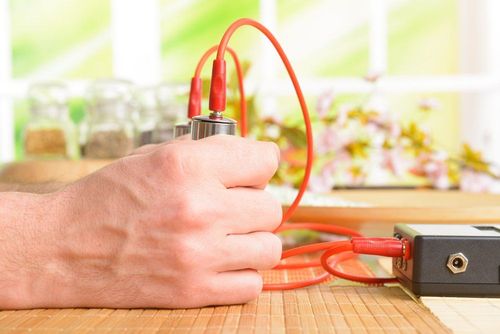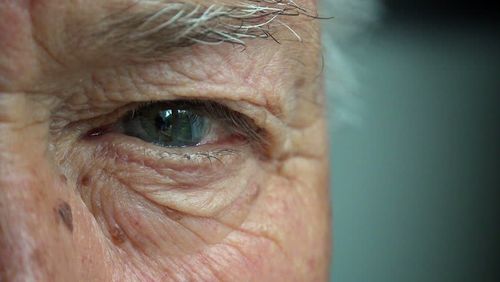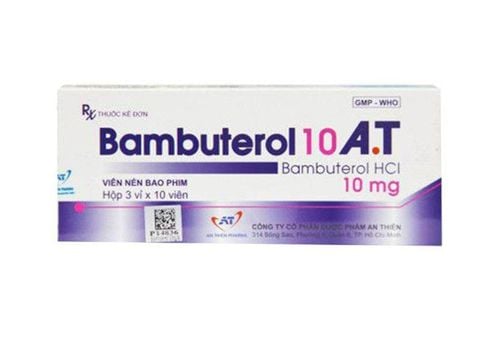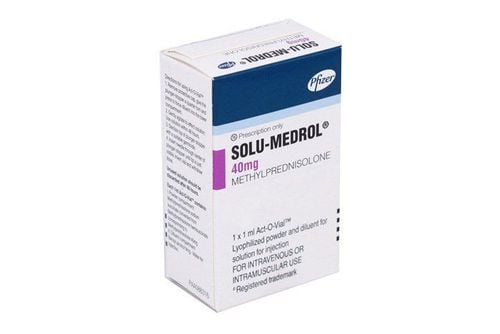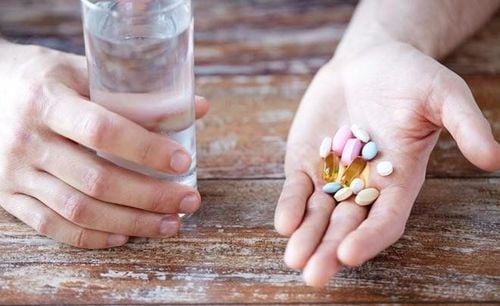This is an automatically translated article.
One of the symptoms of COPD- Chronic Obstructive Pulmonary Disease is difficulty breathing. Shortness of breath interferes with many life activities of the patient, including eating. The person may feel drained of energy and malnourished because of difficulty breathing while eating. So when you have trouble breathing while eating, what should you do?
1. What to eat when having trouble breathing?
1.1 Prioritize eating nutritious foods Since some people with COPD are often thin or even malnourished because they have to use 10 times more calories than the average person, it is best to choose foods that contain a lot of calories to keep your energy levels high, this will have a positive effect on your breathing, helping you to improve your shortness of breath while eating. Try filling your plate with vegetable fats like coconut, Nuts, seeds, fruits, vegetables to provide the energy and nutrients needed to help the body fight infection and inflammation.
1.2 Protein Supplement Protein plays an important role in everyone's diet, but that's especially true when you have COPD. Try to eat a healthy menu at least twice a day to strengthen breathing muscles and prevent infection. High-protein foods include eggs, lean meat, fish, poultry, legumes, and nuts.
1.3 Eat more fiber Constipation can cause bloating and put extra pressure on the diaphragm. High-fiber foods such as vegetables, dried beans, whole grains, rice, whole grains and fresh fruits aid in digestion by their natural laxative effect helping to reduce shortness of breath. . You should add 20 to 35 grams of fiber per day.
1.4 Eat foods that are easy to chew Food that are difficult to chew, difficult to swallow when ingested, will have more difficulty breathing, even choking. Chewing too much can also lower your energy levels during a meal, leaving you unable to finish your meal. Eating foods that are easy to chew will help you save energy so that you retain more for the process of breathing. Eat soft and well-cooked foods, or eat liquid foods on days when you feel especially tired.
1.5 Reduce salt Too much sodium can cause water retention and this can affect breathing. Therefore, you should eat a reduced salt diet by not adding salt while preparing food and not eating salt with foods, limiting the consumption of foods high in salt. Stop the habit of eating foods that contain a lot of salt such as: pickled cucumbers of all kinds, shrimp paste, shrimp paste, canned food...
1.6 Drink more water In addition to paying attention to what to eat when you have trouble breathing you It is also important to pay attention to the amount of water you drink to replenish the body, this is also an important thing to keep the phlegm thin and reduce shortness of breath when eating. Try to drink plenty of water on average from 1.5 to 2 liters of water per day. However, you should limit drinking water with meals, because it will make you feel full quickly, gassy, then lead to shortness of breath. Avoid carbonated drinks as they cause inflammation and the carbonation process can make it harder to breathe.
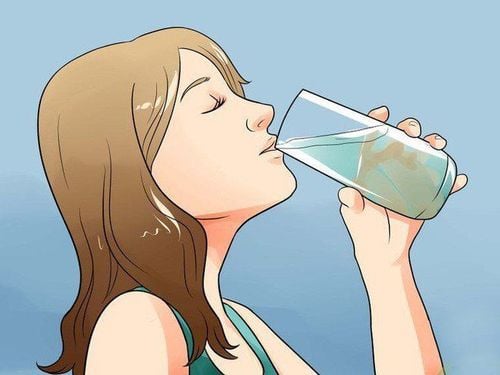
Ăn vào khó thở bạn nên bổ sung đầy đủ lượng nước cho cơ thể
2. How to eat to improve shortness of breath when eating?
2.1 Eat more meals Too much food in one meal puts pressure on your lungs and diaphragm, making it harder to breathe when you eat. Instead of eating three large meals a day, eat five or six small meals. That will also give you a constant source of energy so you don't feel fatigued, making it easier to breathe while also reducing your risk of heartburn.
2.2 Eat slowly Eating too fast not only hinders the digestive process but also makes you eat more than you need, drains your essential energy, makes it hard to breathe when you eat more. Next time you eat, try to extend the meal by at least 20 minutes. Eat slowly and chew your food thoroughly, trying to breathe consciously while you're eating.
2.3 Clear the airways before meals If you have difficulty breathing from eating more and more, clear phlegm (mucus) from your lungs about an hour before eating, which is an important part of managing these illnesses. patients with chronic obstructive pulmonary disease and may be particularly beneficial before meals. Some techniques to open the airways include: controlled coughing, postural drainage, chest vibration to thin the phlegm and push it out.
2.4 Sit Up Straight Lying, leaning over, or hunched over can put pressure on your lungs. Instead, sit up straight, keeping your feet on the floor to help reduce shortness of breath when eating. That allows your lungs to fully expand and can aid in both breathing and digestion.
2.5 Practice Breathing Techniques One of the breathing exercises for COPD patients is pursed-lip breathing, which is a useful breathing technique used when you have trouble breathing. It can help you reduce anxiety and finish your meal. Practice pursed lips when you feel breathless while eating and you'll be amazed at the difference it makes.
Relax your shoulders, then close your mouth, breathe normally through your nose for 2 seconds. Pinch your lips like you're about to blow out a candle and then exhale through your mouth slowly for 4 seconds.
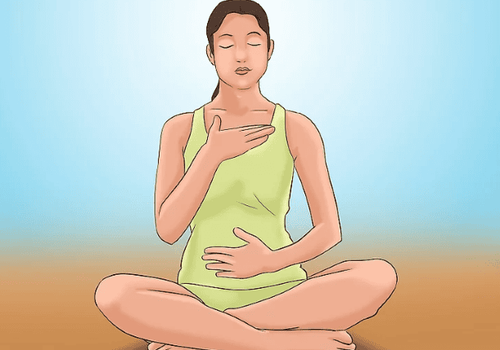
Phương pháp tập thở có thể giúp bạn giảm khó thở khi ăn
2.6 Rest If you tend to get tired and short of breath when you eat a lot, take a short nap before eating. Doing this can give you the energy you need to digest food. However, if you feel tired after eating, absolutely do not lie down to rest, at least 30 minutes later. Because it can make it harder for your body to digest food.
2.7 Schedule your meals Schedule your meals around times when you have the most energy. If you tend to be tired by 5 p.m., move your dinner time by an hour. And dinner doesn't have to be your main meal of the day. If your energy levels drop during the day, plan to eat more for breakfast.
With the above ways to eat when having difficulty breathing, you can apply to make the eating process easier for the sick person.
Please dial HOTLINE for more information or register for an appointment HERE. Download MyVinmec app to make appointments faster and to manage your bookings easily.




